The Artistic Eclecticism of Nara Tomassini
1 14 Share TweetIn this interview, Italian artist Nara Tomassini explores the relationship between painting and photography as she shares her medium format shots taken with the LomoChrome Purple 120 film. Dive into her vividly violet reality.
Hi Nara, could you please make a short presentation to the readers of our Online Magazine?
My name is Nara Tomassini, I'm from Foligno, Italy, and I just started teaching Graphics and Communication at an Industrial Technical Institute in Perugia. I was born and raised in Umbria, where my family has handed down the cult-like Art of Baking (bread and similar) for generations. For this reason, during my childhood, I spent a good part of my days in the industrial workshops of a bakery, knowing from an early age the importance of the legacy of old recipe books and that of raw materials. This principle of craftsmanship is something that has certainly marked my artistic career and almost always returns in all the things I do. It is no coincidence that I am very independent in my work and I almost always tend to take care of every detail from start to finish: from the construction of a frame to the creation of colors, from the photographic shot to its development.
Tell us about your photographic background. What is your story? When did you start photography?
I have an Academic Diploma in Painting and a Master's Degree in Art History, but I have never studied or attended photography courses, I never felt the need. In the beginning, I approached photography as a sketchbook or a substitute for a preparatory sketch. Over time, I began to recognize it as a result and not only as a means or medium for the creation of a painting. I consider myself first and foremost a painter and as such, by instinct, I have always used and communicated with images on all fronts. In this respect, photography has been a fundamental tool for me, capable of stopping in fractions of seconds instantly, that a sketch or a sketch could certainly not give me. After all, the speed in grasping an idea or a scene is fundamental in artistic creation.
For this series you used our LomoChrome Purple 120 film. Which features did you like the most and with which camera did you use it?
This was my first LomoChrome Purple film and I wanted to test it on the Hasselblad 500 Cm. The result of the photos was extraordinary and unexpected, I especially loved the color variations, where the greens turn purple and the yellows pink, also the exposure at higher or lower ISO can give more or less tonal intensity. I found an almost painterly aesthetic in this film.
Why did you choose a medium format camera over 35mm?
In this case, the choice of medium format was mainly dictated by the photographic quality that only the medium could give me.
When did you start developing your own film?
During the quarantine period, I was able to set up a darkroom and from there I started developing. First black and white negatives, then color in C-41, and only recently have I been doing prints.
On your Instagram profile we have noticed a lot of experimentation with acids, etc. How did this passion of yours start?
Whereas with painting I follow the traditional recipe books almost to the letter for creating color and primer mixtures, with photography I like to reverse the rules, as I consider the photographic image to be an inexhaustible source of new visions.
These visions can only take shape through great expressive freedom. Experimentation, for me, has the intention of bringing together two worlds that are similar and distant at the same time. For this reason, the idea of intervening with chemical acids for development in post-production was entirely intuitive. Then, the chemical reactions did the rest, giving the unpredictability of figures and colors that dissolved like watercolors.
Many of your paintings are hyperrealist: how much is your way of painting influenced by photography?
These two languages sometimes influence each other, and at other times they manage to express themselves in a single solution. Certainly, in photography I always try to stylistically bring back the facets of a world that is part of painting, while in painting I always try to recreate the reality of details that only photography can have. Basically, what I do is a bit of a paradox, a negation of both painting and photography. The point of union of these two parts is certainly the themes. The most recurrent topics are in fact the dynamics that lead to reasoning about the relationship of intimate complexity between man and nature, but also the transformation of pain into beauty and resilience. A dynamic that leads to reasoning on the concept of inner and outer space/world, which like a diaphragm unites two gazes: towards exteriority and interiority.
Who are the artists you follow and from whom/what do you draw inspiration for your photos and paintings?
As I said before, I feed on images; and cinema, in this sense, offers a great visual and cultural background from which I can draw continuously.
There are certainly many artists I admire and who have inspired me. I won't deny that Classical Art of the past has a strong influence on me; I love its lyricism, its compositional rhythms and the great legacy it has left us cannot be indifferent. In addition to a high regard for past art, I have always observed with great admiration the works of Paolo Gioli, but also Masao Yamamoto, Nobuyo Shiaraki, Sally Man, Totbjørn Rødland. In painting, Gerhard Richter, Michaël Borremans, Antonio Lopez Garcia, Nicola Samorì, but also the Arte Povera of the 1960s.
Do you have any upcoming projects you'd like to share with us?
Ever since I discovered the 'magic' of the darkroom, I have decided to study and learn about its infinite possibilities. One of them is definitely the idea of exploring the technique of developing prints, which I believe can offer new visual solutions.
You can find all Nara's photographs on her Instagram. Feel free to check out her paintings here.
written by melissaperitore on 2022-02-01 #gear #people






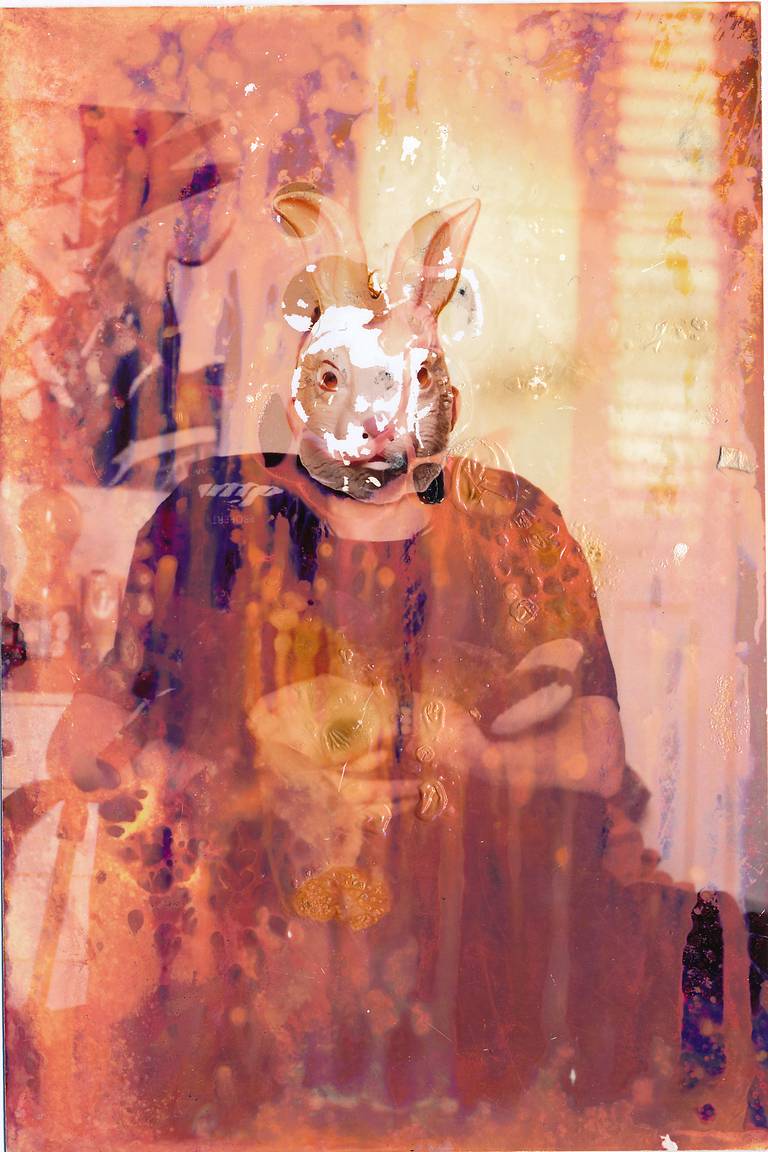









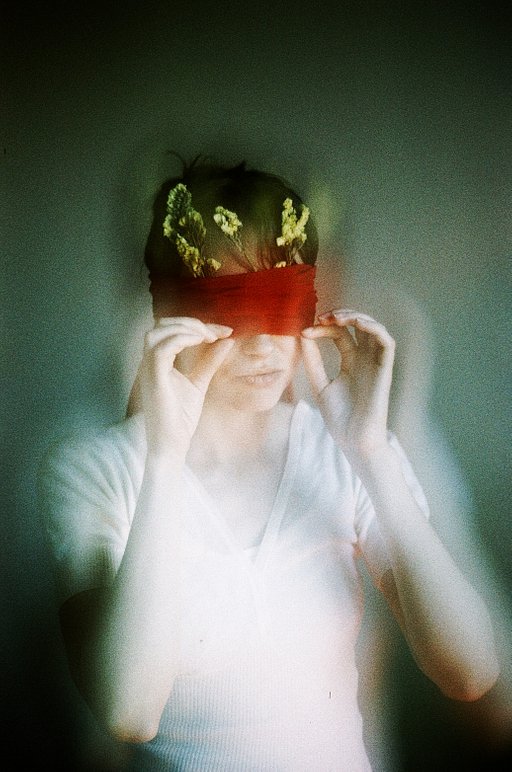


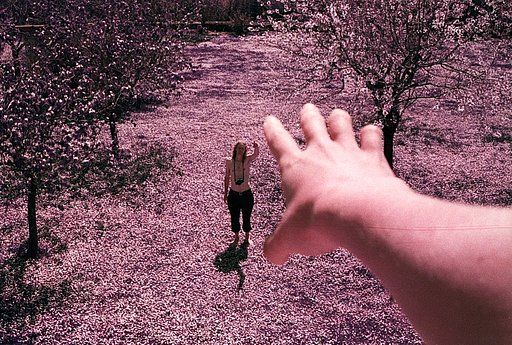


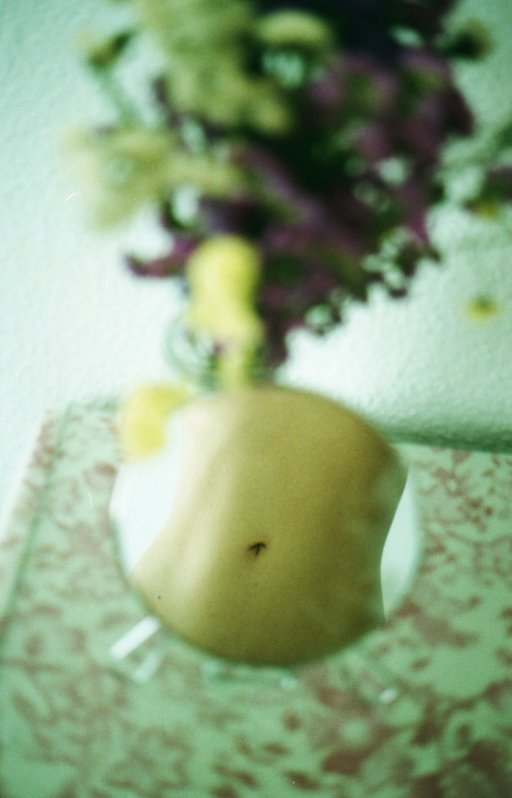

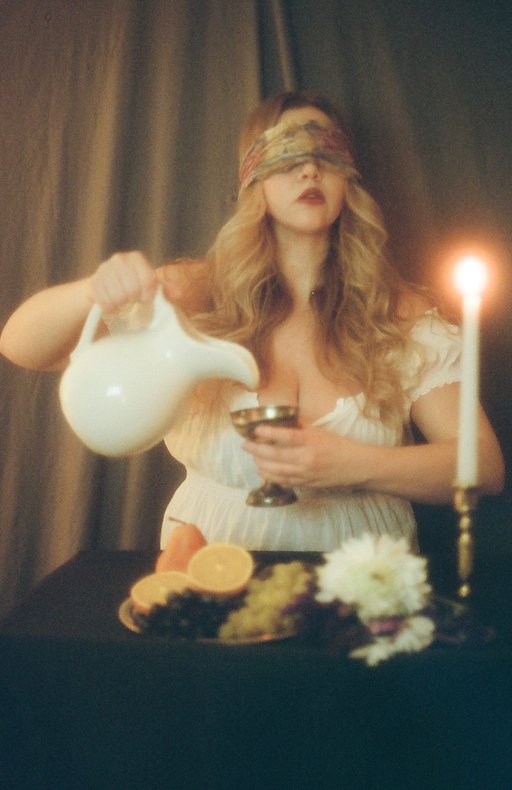





One Comment